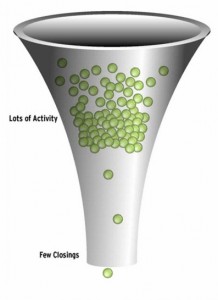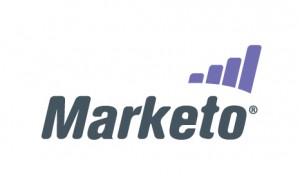Can Automation Help Marketing & Advertising Agencies?
 Digital agencies have a new tool to gain a competitive edge: marketing automation. And while there are those that wish to focus on simply designing creatives and making social posts, progressive agencies are looking to manage their clients’ marketing lead pipelines. Marketing automation (we prefer the term “revenue generation”) provides a multi-layered way to show clients how well your messaging develops client/prospect relationships. Marketing automation can help marketing & advertising agencies grow their business.
Digital agencies have a new tool to gain a competitive edge: marketing automation. And while there are those that wish to focus on simply designing creatives and making social posts, progressive agencies are looking to manage their clients’ marketing lead pipelines. Marketing automation (we prefer the term “revenue generation”) provides a multi-layered way to show clients how well your messaging develops client/prospect relationships. Marketing automation can help marketing & advertising agencies grow their business.
Agencies can leverage their expertise in message development with the ability to provide managed marketing services. Our Lead Management Automation™ platform allows agencies to identify marketing/advertising leads, move leads through advanced messaging, integrate agency campaigns with inbound channels, and provide metrics to their clients. Rather than taking a shotgun approach, agencies can segment markets for specific messaging. And results are better defined as demographic and behavioral data provide ad managers information to help refine future messaging.
Today’s advertising is delivered through social media, content marketing, mobile, and other digital channels. Marketing automation monitors these channels, allowing agencies to manage audience, delivery, format, and other parameters.
Through marketing automation, digital agencies can provide:
- Lead prospecting
- Lead tracking
- Lead qualification
- Lead nurturing
Once a lead has passed advanced from marketing-qualified (targeted for nurturing activities) to sales-qualified (ready for contact by the client’s sales department) an agency can seamlessly transition the lead generated from their activities to their clients’ customer relationship management (CRM) platforms. This can be a powerful benefit for agencies looking to create a deeper relationship with their clients.
Advertising and marketing efforts are geared towards creating attention, generating interest, motivating decisions, and inspiring action. Marketing automation provides a management tool throughout the entire process. By offering clients lead management services in addition to campaign development, digital agencies reduce their clients’ need to continually monitor and analyze results and allows agencies to modify messaging and campaign execution in order to maximize results.










